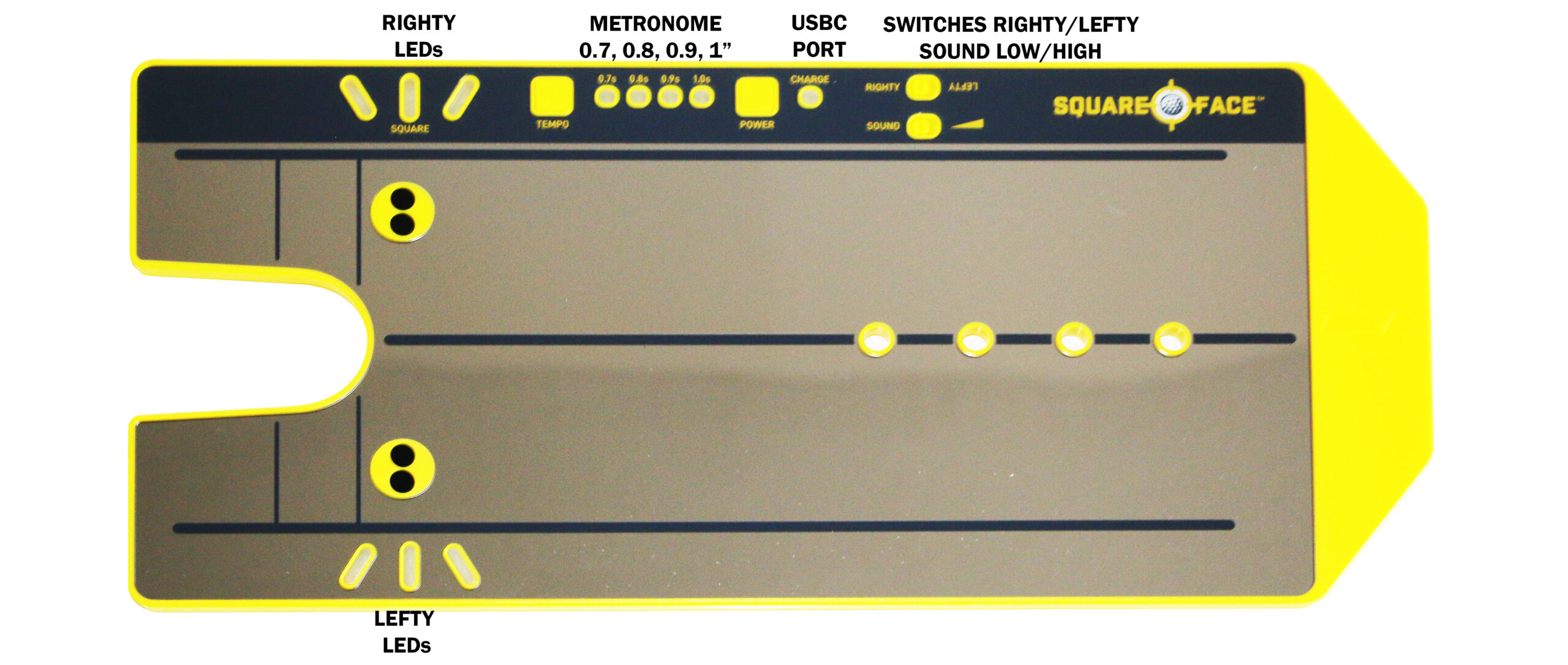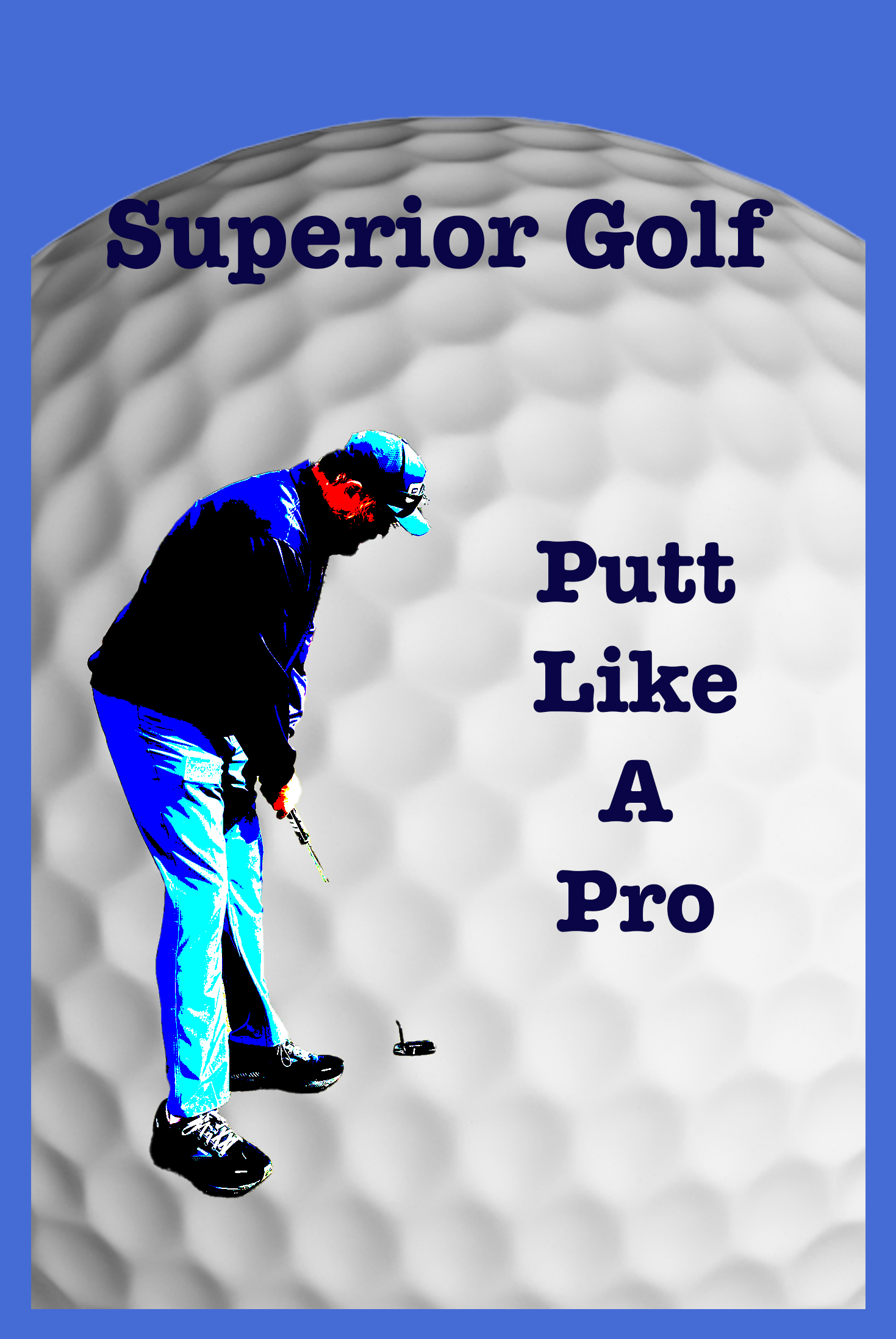Stockton Putting System: 7 Steps to Better Putting
Stockton Putting System: Dave Stockton, a legend of the fairway and a putting guru, wasn’t known for flashy mechanics or quirky drills. Instead, he built a reputation for a pure, feel-based putting approach that helped him rack up wins and has left a lasting impact on the game. Here, we delve into the Stockton Putting System, a philosophy that can transform even the most chronic three-putter into a green-eating machine.
The Dreaded Three-Putt Monster: Banished
Let’s face it, the putting woes we witness (and experience) often stem from overthinking and mechanics overload. We tinker with our stance, grip it too tight, and second-guess every read. Stockton’s approach throws that out the window. It’s about quieting the inner critic, trusting your instincts, and developing a smooth, repeatable stroke.
The Foundation: The “Second Chance” Mentality
Stockton emphasizes a positive mental framework. Every putt, regardless of length or difficulty, becomes a “second chance” to get the ball close. This removes the pressure of holing out and allows you to focus on the process, not the outcome. When you approach each putt with this mindset, the fear of missing evaporates, replaced by a calm confidence that translates into a smoother stroke.
The Art of the Stroke: Keeping it Simple
Imagine a pendulum swinging gently. That’s the essence of the Stockton stroke. It’s a short, controlled motion with minimal backswing and a low follow-through. The key is to feel the putter head, not overpower it. Think of yourself as guiding the ball, not launching it. Stockton often likened the putting stroke to pulling a paintbrush across the green – smooth, controlled, and precise.
Target Time: The Magic of One-to-Two Inches
Stockton introduces a clever trick to ensure a straight putting path and minimize head movement. Instead of focusing on a target line all the way down the fairway, choose a spot on your target line one to two inches in front of the ball. During your stroke, visualize the putter head tracking right over that spot. This simple strategy keeps your head still, promotes a square putter face at impact, and ensures the ball starts on the correct line.
Reading the Green: Unveiling the “Front Door”
Green reading plays a crucial role in Stockton’s philosophy. He emphasizes reading the green from a low crouch behind the ball. This allows you to visualize the putt’s roll and identify the “front door” of the cup. By understanding how much break (slope) affects the ball’s path, you can aim accordingly, accounting for the natural tendency of the putt to curve towards the lower side of the slope.
Minimizing the Mental Clutter: Trust Your Feel
Stockton advises against overthinking the putt. Once you’ve read the green, chosen your target spot, and settled into your setup, trust your feel. Overthinking leads to second-guessing, jerky movements, and a loss of that smooth, flowing stroke. Instead, focus on executing your pre-shot routine, visualizing the putt successfully rolling into the cup, and then letting go.
The Stockton Putting System in Action: A Step-by-Step Guide
- Walk Up with Confidence: Approach the putt with a positive attitude, embracing the “second chance” mentality.
- Read the Green: Crouch low behind the ball, visualizing the putt’s roll and identifying the “front door” of the cup.
- Pick Your Target Spot: Select a spot on your target line one to two inches in front of the ball.
- Setup for Success: Assume your putting posture, ensuring a comfortable stance and proper grip.
- Pre-Shot Routine: Take a few deep breaths, visualize the putt rolling smoothly on your target line, and trust your feel.
- The Magic Stroke: Initiate a short, controlled backswing and a low follow-through, focusing on guiding the putter head over your chosen target spot.
- Let it Roll: Trust your stroke and focus on a successful outcome. Celebrate every putt that finds the bottom of the cup!
The Final Takeaway: Feel the Flow, Sink More Putts
Dave Stockton’s putting philosophy isn’t about complicated mechanics or magical drills. It’s about developing feel, simplifying your approach, and trusting your instincts. By quieting the mind, embracing a positive attitude, and focusing on a smooth, repeatable stroke, you can unlock your putting potential and turn those frustrating three-putts into tap-ins. Remember, putting is all about feel, focus, and flow. With the Stockton Putting System as your guide, you can develop these elements and transform yourself into a confident putter. So, the next time you stand over a tricky putt, take a deep breath, channel your inner Stockton, and trust your feel. You might just surprise yourself with the results.
Bonus Tip: Practice with Purpose
While Stockton emphasizes a minimalist approach, incorporating some focused practice sessions can accelerate your improvement. Here are a few drills to consider:
- Lag Putting: Set up multiple tees at varying distances (10, 15, 20 feet) from the hole. Focus on consistently leaving your putts within tap-in range.
- Speed Drills: Use alignment sticks or a putting rail to practice hitting putts with consistent pace. Aim to roll the ball a specific distance each time.
- Feel Drills: Hit putts with your eyes closed, focusing solely on the feel of the putter head and the ball striking the green.
Embrace the Stockton Putting Philosophy and Start Sinking More Putts Today!
By adopting the core principles of Dave Stockton’s putting philosophy – a positive mindset, a smooth stroke, and trust in your feel – you can elevate your putting game and experience the joy of holing more putts. Remember, putting is a journey, not a destination. Embrace the process, practice with purpose, and enjoy the feeling of that sweet putt rolling into the cup.


The Square Face And Putt Like A Pro Book
Click here for 10% off the Square Face (use coupon code SUPERIORGOLF) and my eBook free with the purchase of the Square Face
